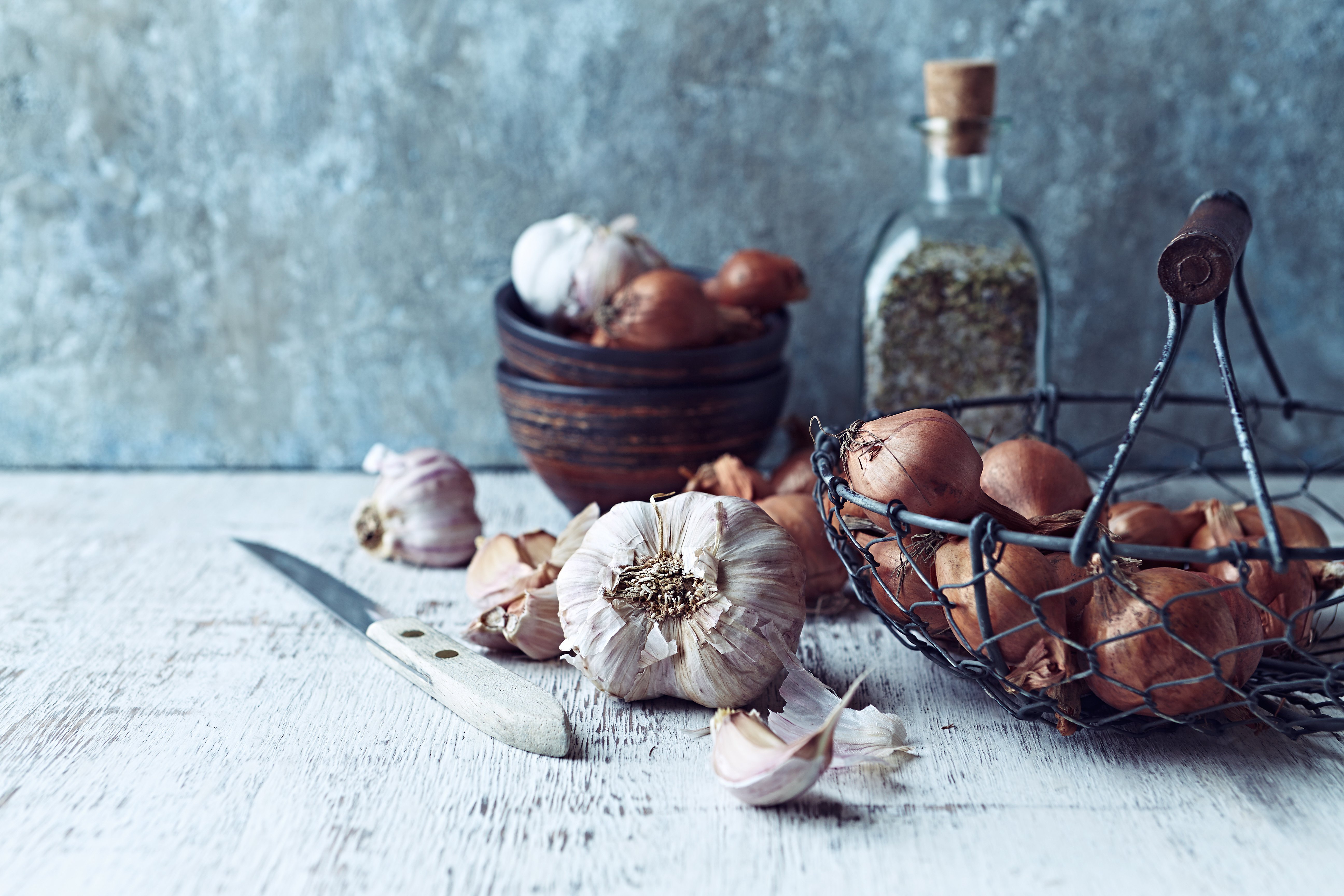
We are often asked why we have suggested multiple different food challenges for fructans in the reintroduction section of our app. We hope that this blog helps to answer this question and increase your understanding of fructans in general.
A fructan is a molecule consisting of a chain of fructose sugar molecules that are joined together, with a glucose sugar molecule at the end. Unlike other types of FODMAPs (including sorbitol, mannitol, fructose and lactose), which are each one, specific molecule, fructans are actually a family of molecules that can vary in size and structure.
If we take a closer look at fructans, they can be characterised by the number of fructose molecules that are joined together, and the way in which they are joined (called chemical bonds). For example some fructans like fructo-oligosaccharides (FOS) have 2-9 molecules of fructose joined together, while inulins can be up to 60 fructose molecules in length (1, 2). Kestose and nystose (pictured) are two types of FOS comprised of 3 and 4 fructose molecules respectively (3).

Fructans are complex for a number of reasons. Firstly, foods usually contain a mixture of fructans, all made up of different lengths of fructose chains, including longer chain inulins (4). It is difficult to measure the exact mix of every type of fructan in a food, so instead, we predominantly look at ‘total fructans’ when quantifying these in our lab during FODMAP testing (4).
Fructans are also found across a variety of different food groups (I.e. onion/garlic vs breads and cereals vs fruits/vegetables) (5). This is different to other FODMAP types, like sorbitol and excess fructose, which are predominantly found in fruit sources, lactose in dairy products and GOS in legumes.
Across these food groups, we also see that the quantity of a food considered ‘high in fructans’ can vary greatly e.g. 3g of garlic compared to 75g brussels sprouts. Understandably, this can make it difficult to determine your tolerance to fructans in general if you challenge with just one type of high fructan food.
Anecdotally, some individuals with IBS report reacting to garlic for example, but not other sources of fructans. Completing food challenges with several different types of high fructan foods can therefore be beneficial to narrow down which foods you react to, and in what quantity. Ultimately you may find that you tolerate fructans from some foods and not others, meaning that you are able to include a greater variety of foods in your diet long-term.
Like fructans, the term GOS refers to a family of molecules rather than one specific molecule. Food challenges for GOS have not been further separated in the app at this time. This is because GOS is predominately found in one food group (legumes). You may have noticed that some foods considered high in GOS are also high in fructans (including wheat breads, cashew nuts and red kidney beans). To address this, completing a separate food challenge for foods high in fructans + GOS is suggested in the app (especially if you enjoy these foods regularly).
Chemical structures and bonds puzzle even those with a science background, and there is no need to focus on this when thinking about fructans. Rest assured, the Monash University FODMAP diet app has translated all of this complex science into our user friendly food guide using the traffic light system. We encourage individuals to work with their FODMAP trained dietitian to find a reintroduction process that works best for them.
1. Wilson B, Whelan K. Prebiotic inulin-type fructans and galacto-oligosaccharides: definition, specificity, function, and application in gastrointestinal disorders. J Gastroenterol Hepatol. 2017;32 Suppl 1:64-8.
2. Cummings JH, Stephen AM. Carbohydrate terminology and classification. European Journal of Clinical Nutrition. 2007;61(S1):S5.
3. Sabater-Molina M, Larqué E, Torrella F, Zamora S. Dietary fructooligosaccharides and potential benefits on health. Journal of Physiology and Biochemistry. 2009;65(3):315-28.
4. Biesiekierski JR, Rosella O, Rose R, Liels K, Barrett JS, Shepherd SJ, et al. Quantification of fructans, galacto-oligosacharides and other short-chain carbohydrates in processed grains and cereals. Journal of human nutrition and dietetics : the official journal of the British Dietetic Association. 2011;24(2):154.
5. Muir JG, Shepherd SJ, Rosella O, Rose R, Barrett JS, Gibson PR. Fructan and Free Fructose Content of Common Australian Vegetables and Fruit. Journal of Agricultural and Food Chemistry. 2007;55(16):6619-27.